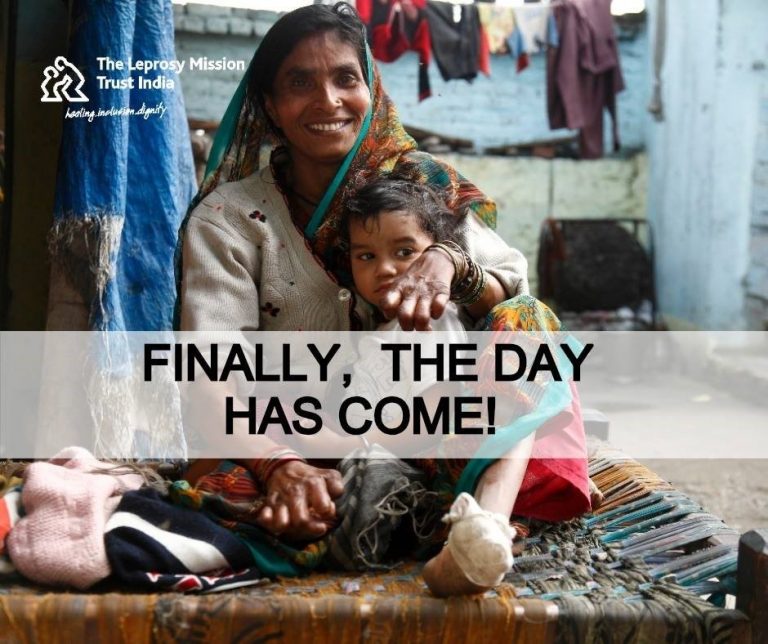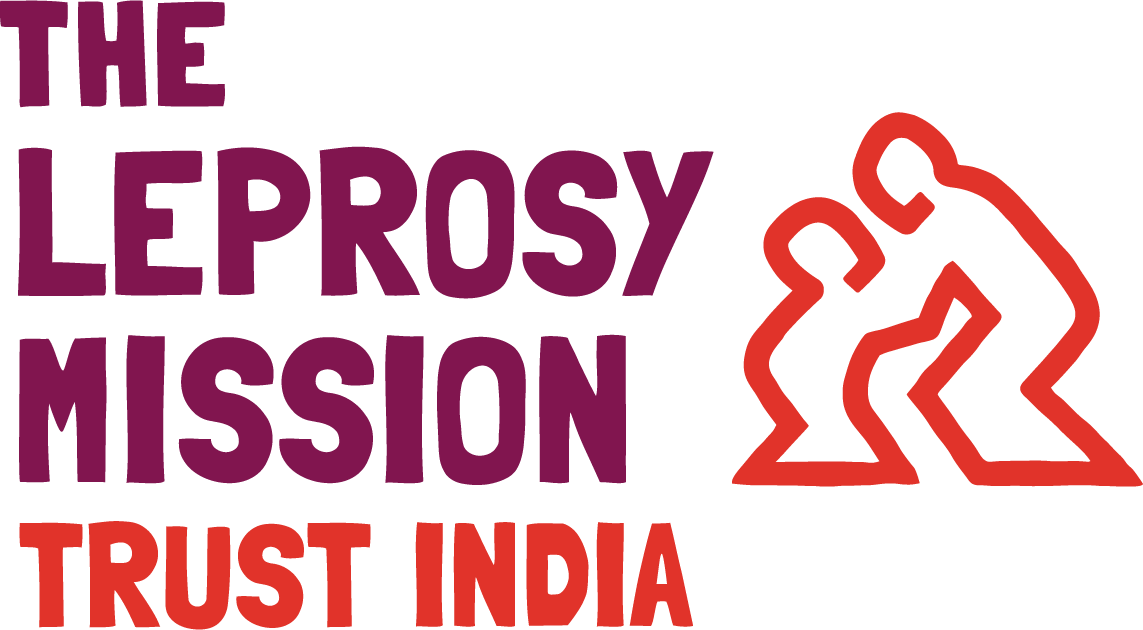A landmark judgement by the Supreme Court of India for inclusion and rehabilitation of people affected by leprosy

NEW DELHI: In a landmark judgment, the Supreme Court of India, on September 14, issued the following directions in a Writ Petition filed by Pankaj Sinha against Union of India and Others (Writ Petition (Civil) No.767 of 2014) for inclusion and rehabilitation of people affected by leprosy.
Here’s the gist of the directions:
The Central and state governments should:
1) Undertake periodical national surveys for determining the prevalence rate and new case detection rate of leprosy. The government should publish the findings of the National Sample Survey of Leprosy conducted in 2010-11.
2) Organise massive leprosy awareness campaigns to increase public awareness about the signs and symptoms of leprosy, curability of the disease with Multi-Drug Therapy (MDT), free availability of MDT at all government healthcare facilities, the prescribed course for MDT treatment, and all other relevant information related to MDT.
3) Ensure that drugs for management of leprosy and its complications, including the MDT drugs, are available free of cost. Also, ensure that they do not go out of stock at any Primary Health Centres (PHCs) or public health facilities in the country.
4) Conduct awareness campaigns throughout the year to inform people that treatment for leprosy is provided free of cost to patients at PHCs and hospitals run by NGOs.
5) Organise seminars which will serve as platforms to hear the views and experiences directly from the former patients and their families as well as other stakeholders, such as doctors, social workers, experts, NGOs and government officials.
6) Ensure that the awareness campaigns carry information that a person affected by leprosy is not required to be sent to any special clinic or hospital or sanatorium, and should not be isolated from the family members or the community. The awareness campaigns should also inform that a person affected by leprosy can lead a normal married life, can have children, can take part in social events, and go to work or school like anyone else.
7) Ensure that healthcare professionals do not behave in a discriminatory manner towards leprosy patients while examining and treating them. Treatment of leprosy should be integrated into the general healthcare system to promote inclusion. Also, it must be ensured that women suffering from leprosy are not discriminated against and they are given opportunities for treatment in any hospital of their choice.
8 ) Provide adequate facilities and opportunities to persons affected by leprosy for reconstructive surgery to correct deformities.
9) Include leprosy in the school curriculum and prevent discrimination against students affected by the disease.
10) Ensure that public and private schools do not discriminate against children from families affected by leprosy. Also, an attempt should be made to provide them with free education.
11) Ensure that the persons affected by leprosy are issued BPL cards so that they can avail the benefits under Antyodaya Anna Yojana (AAY) scheme and other similar schemes which would help them access their right to food.
12) Make all efforts to provide MCR footwear free of cost to all persons affected by leprosy in the country.
13) Consider formulating and implementing a scheme for rehabilitation of persons affected by leprosy by providing them at least a minimum assistance, preferably on a monthly basis.
14) Pro-actively plan and formulate a comprehensive community-based rehabilitation scheme which will cater to all basic facilities and needs of persons affected by leprosy and their family members. The scheme shall be aimed at eliminating the stigma that is associated with the disease.
15) The Central Government should consider framing separate rules for assessing the disability quotient of persons affected by leprosy for the purpose of issuing disability certificate.
Read the full judgement here: https://bit.ly/2CVXYxB


